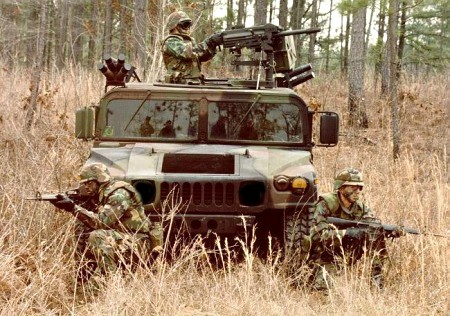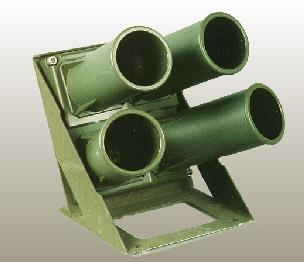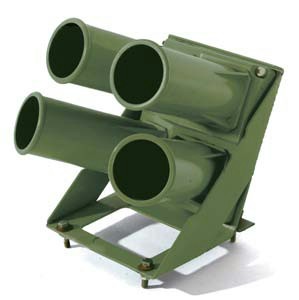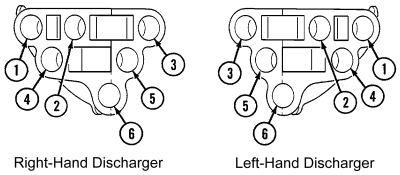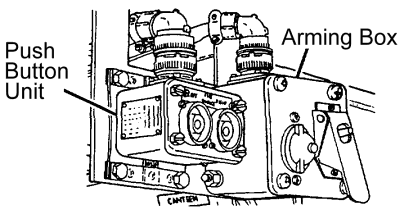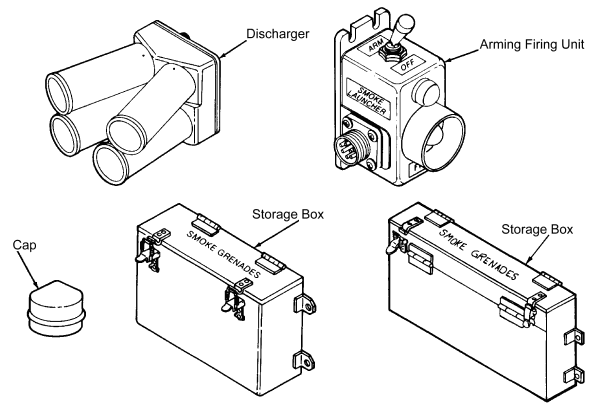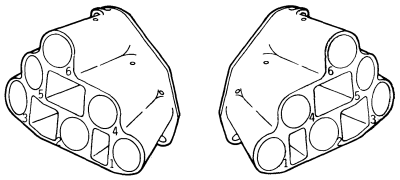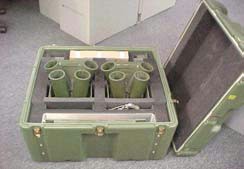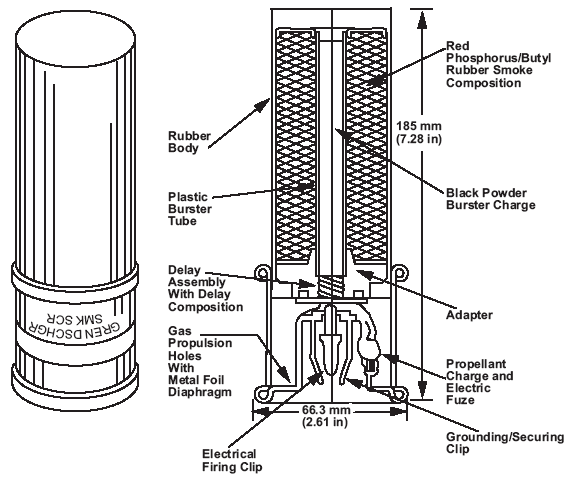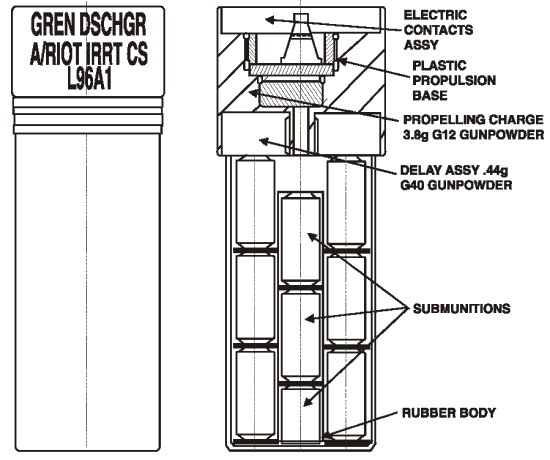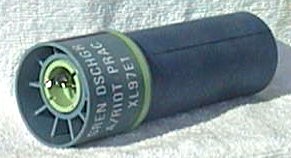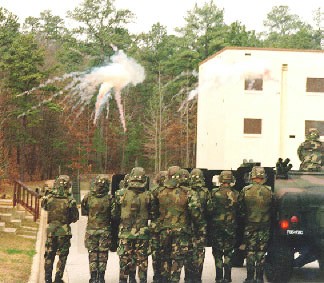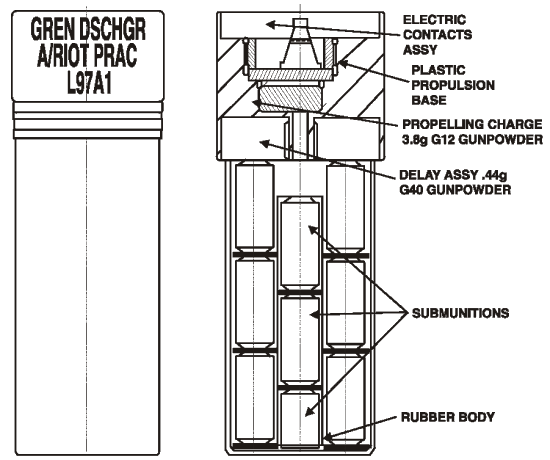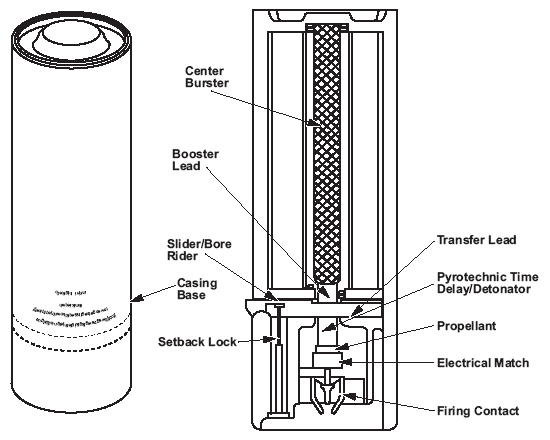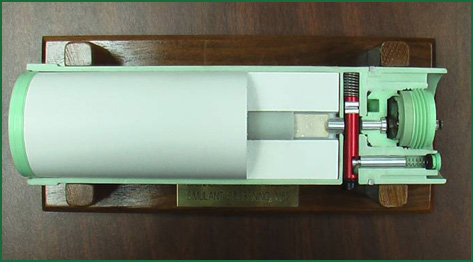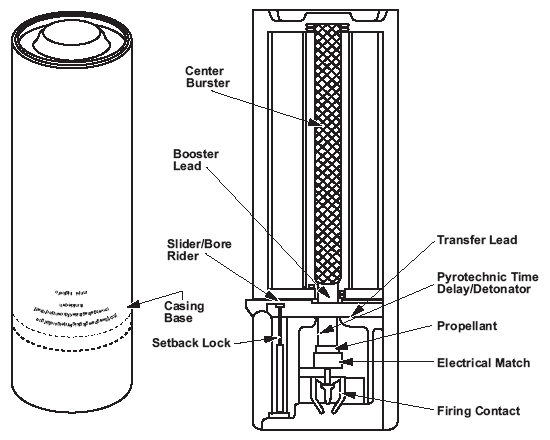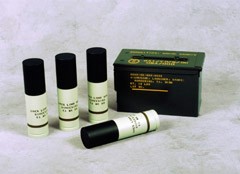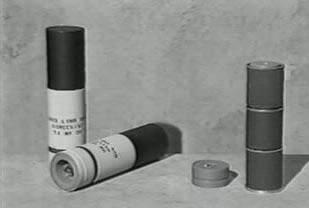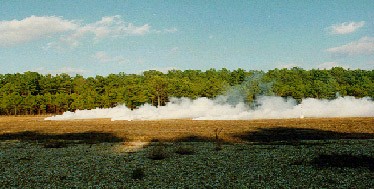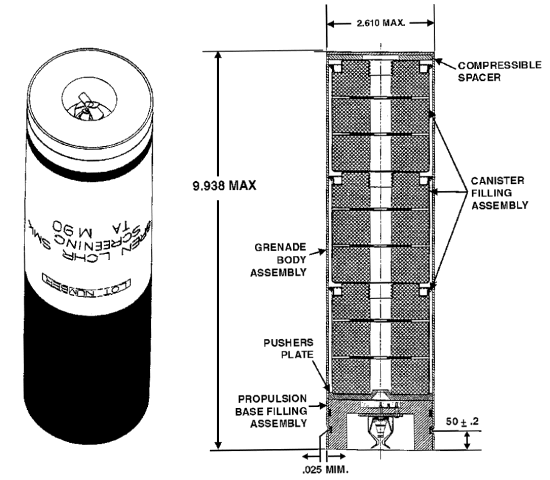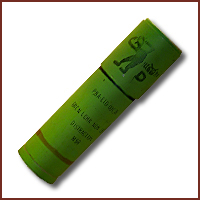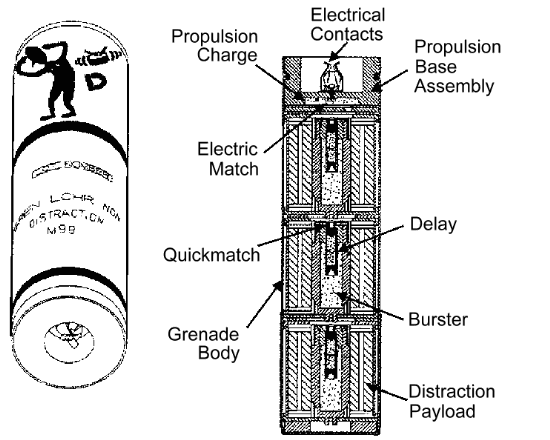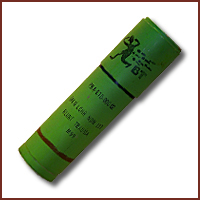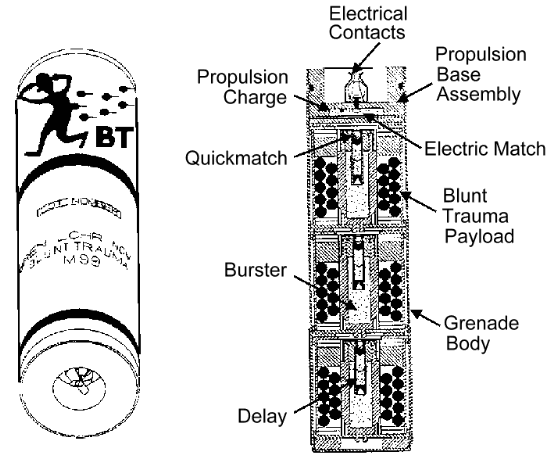Smoke grenades contain fire-producing chemicals and are dangerous to exposed personnel outside the vehicle.
Data for 66mm anti-riot grenade ammunition.
| Grenade |
Type |
Payload |
Despenser Time |
Range |
Weight |
| L96A1 |
Irritant |
23 canisters filled with CS compound (orthochlorobenzalmalonitrile) |
10 to 12 seconds |
213 to 312 ft (65 to 95 m) |
1.25 lbs (0.57 kg) |
|---|
| L97A1 |
Practice |
23 canisters filled with CA (cinnamic acid) |
10 to 12 seconds |
213 to 312 ft (65 to 95 m) |
1.25 lbs (0.57 kg) |
|---|
| M98 |
Distraction |
3 bursting pyrotechnic submunitions |
N/A |
164 to 328 ft (50 to 100 m) |
1.6 lbs (0.73 kg) |
|---|
| M99 |
Blunt Trauma |
3 bursting submunitions, each with 140 PVC balls |
N/A |
164 to 328 ft (50 to 100 m) |
1.6 lbs (0.73 kg) |
|---|
